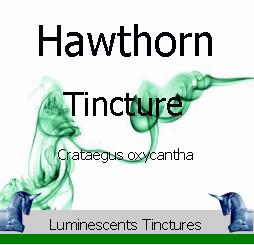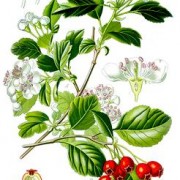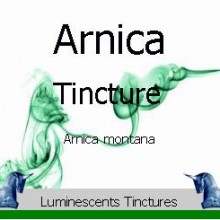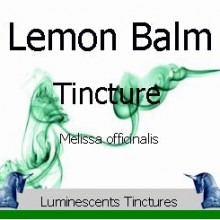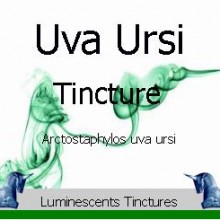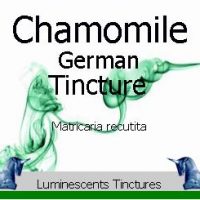Crataegus oxyacanthas from which Hawthorn Berry Tincture is extracted, is also known as Thornapple, May-tree, Hawberry and Whitehorn, is a native to the Northern Hemisphere in Europe, Asia and North America. The word Haw is old English and typically applies to the fruit – it meant hedge.
Traditional and Medicinal Uses for Hawthorn Berry Tincture:-
Hawthorn Berry (Crataegus oxyacanthas) has been used for centuries as a treatment for cardiac disorders.
Hawthorn is rich in bioflavonoids, which relax and dilate the arteries. These compounds are powerful antioxidants that help increase the flow of blood and oxygen to the heart. Components in hawthorn have also been shown to lower cholesterol, and the amount of plaque in arteries.
Hawthorn’s flowers, leaves and berries are all used in herbal supplements – Each is high in flavonoid content, which gives the plant powerful antioxidant properties. Hawthorn contain three groups of compounds which are key to the plant’s positive effects on the cardiovascular system. These constituent groups are the triterpenoid saponins, the amines and the flavonoids. By inhibiting free radical formation, Hawthorn’s antioxidant activity can be beneficial in maintaining healthy heart vessels and promoting overall heart health.
Hawthorn is also a diuretic, helping to rid the body of excess salt and water and thus supporting weight-loss programs. It has also been used treat digestive problems, nervous tension, insomnia, and sore throat.
Culinary Uses for Hawthorn Berry:-
The “haws” or fruits of the common hawthorn, are edible raw but the flavour is like a fermenting apple and not particularly appealing. In the UK they are sometimes used to make either a jelly which goes well with game or a wine.
The leaves are edible and, if picked in spring when still young, are tender enough to be used in salads. The young leaves and flower buds, which are also edible, are known as “bread and cheese” in rural England.
Folklore and Hawthorn:-
It is still common on rural societies for the flowering branches of Hawthorn to be placed around the home for decorative purposes from the 1st of May onwards but since the adoption of the Gregorian calendar in 1752, replacing the previous Julian calendar, the Hawthorn is rarely ever in bloom before the end of the month and in the very north of the country, in the Scottish Highlands it might not bloom until the end of June.
In Ancient Greece , branches of it were carried in procession to wedding celerations and then used to decorate the alter to Hymenaios, The Olympic God dedicated to marriage.
It is still considered bad luck to uproot a hawthorn in Europe.
Cautions:-
Overdose can cause cardiac arrhythmia and dangerously low blood pressure. Milder side effects include nausea and sedation Patients taking Digoxin should avoid taking hawthorn.

